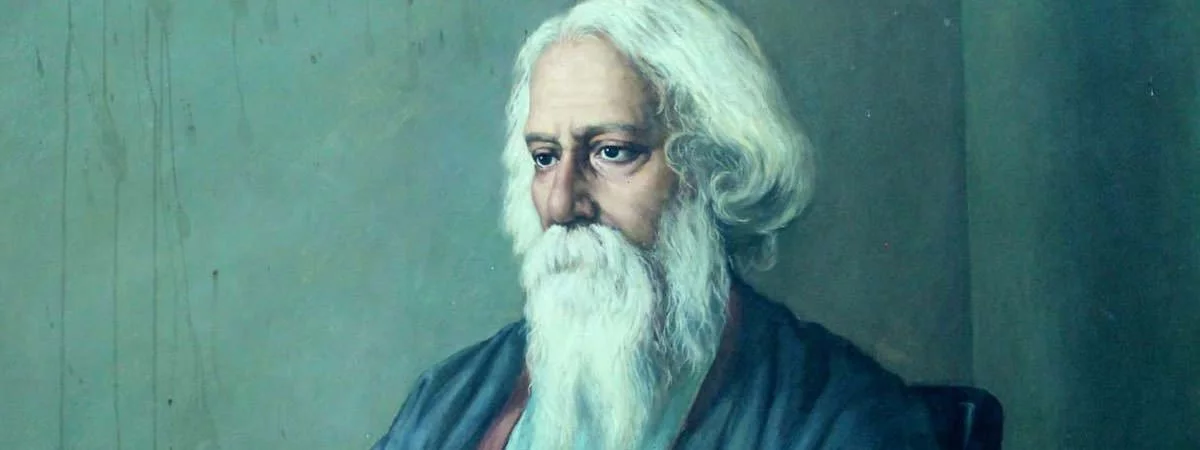Rabindranath Tagore was an Indian Bengali polymath who contributed to numerous fields including poetry, drama, art, music and education. Born in a culturally-rich family, Tagore despised formal education and was thus mostly home schooled. After dropping out from college, he began his literary career and started managing his family’s estates in Shilaidaha. In 1883, Rabindranath Tagore married Mrinalini Devi. Unfortunately his wife and two children died in 1902 leaving him devastated. This period of tragedy in his life from 1902 to 1907 is reflected in his later poetry that was introduced to the world as Gitanjali in 1912. It was this book that won him the Nobel Prize in 1913, making him the first non-European to win the Nobel Prize in Literature. Tagore died on 7th August 1941 at the age of 80. He remains an influential figure in Indian as well as world literature. Know more about the family, life, education, marriage, career and death of Rabindranath Tagore through his biography.
Family And Education
Rabindranath Tagore was born on 7th May 1861 in Jorasanko Thakur Bari, the ancestral home of the Tagore’s, in Kolkata. He was the youngest of 13 surviving children born to Debendranath Tagore and his wife Sarada Devi. Rabindranath was born in a prosperous and culturally-rich family. Among other things, the Tagore family was at the forefront of the Bengal renaissance, an influential cultural movement in Bengal, India. Rabindranath’s father, Debendranath Tagore, was a renowned Hindu philosopher and one of the founders of the reformist socio-religious movement, Brahmo Samaj. On March 8, 1875, when Rabindranath was only 14 years old, his mother Sarada Devi passed away. And as his father was an avid traveler and mostly away from home, Rabindranath was mostly raised by domestic helps.
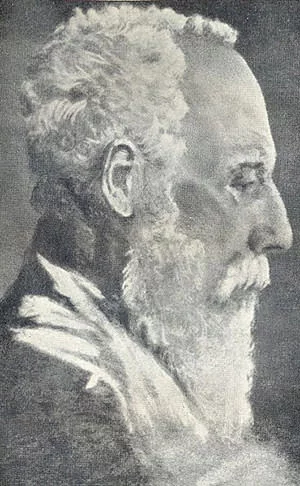
Rabindranath hated formal schooling and he was mostly home schooled by his siblings. Though he didn’t attend school, Rabindranath learned various subjects including drawing, anatomy, geography, history, literature, mathematics, Sanskrit and English. At the age of 11, Rabindranath accompanied his father on a tour across India. On this journey, that included halts in Amritsar and Dalhousie, he read biographies and was exposed for the first time to the works of famous writers, including the great Kalidasa, who inspired him deeply.
After returning to Jorosanko, Rabindranath completed a set of major works by 1877. These included a long poem in the Maithili style. As a joke, Rabindranath wrote under the pseudonym Bhanusimha and claimed that these poems were the lost works of newly discovered 17th-century Vaisnava poet Bhanusimha. The early works of Tagore also include the short story, Bhikharini, published in 1877, which is the first short story written in Bengali language.
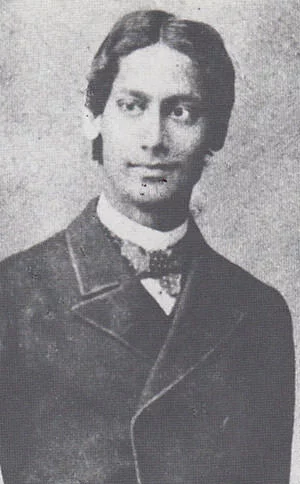
In 1878, at the age of seventeen, Tagore was sent to England for formal schooling. He enrolled at a public school in Brighton, East Sussex and later he briefly studied law at University College London as his father wanted him to be a barrister. However, Rabindranath despised formal education and instead studied works of William Shakespeare; and learned the essence of English, Irish and Scottish literature and music. He soon dropped out of college and returned to India.
Marriage
In 1883, Rabindranath Tagore married Mrinalini Devi, who was 10 years old at the time. 19 years after their marriage, in 1902, Mrinalini Devi died and Tagore never remarried. The couple had five children, two of whom died in childhood. Apart from his wife, Tagore had a close relationship with his elder brother Jyotirindranath’s wife Kadambari. Kadambari committed suicide for unknown reasons at the age of 25, exactly 4 months after Tagore’s wedding. She shared with Tagore a love for literature and Tagore dedicated poems and books to her before his marriage, and after she passed away.
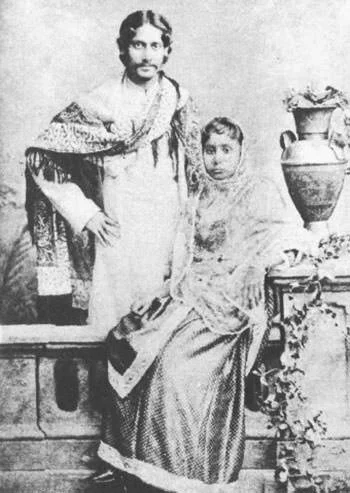
Tagore published several books of poetry in the 1880s. In 1890, his poetry collection Manasi was published which marked the maturing of his genius and is regarded as one of his best works. In addition to his many literary activities, Rabindranath Tagore started managing his family’s estates in Shilaidaha from 1890. Here, his acute observation of the daily activities of the Bengali peasants, as well as close interaction with the rural countryside, provided Tagore with the subject matter for his poems and essays of the period. The period from 1891 to 1895 is known as the Sadhana period of Tagore. It is named after a journal of the same name which he started in 1891.
Career
Rabindranath had always despised formal education. Deeply inspired to restructure the education system in India, he decided to establish an experimental school in a vast stretch of land owned by his father in Santiniketan, a small town near Bolpur in the Birbhum district of West Bengal, India. In 1901, Tagore shifted base to Santiniketan and founded an ashram there. It included a prayer hall with marble flooring, named The Mandir (The Temple). Tagore introduced a curriculum that revolved around nature with classes held under the canopies of lush trees. He aimed to revive the ancient method of Indian teaching and spread it across the nation.
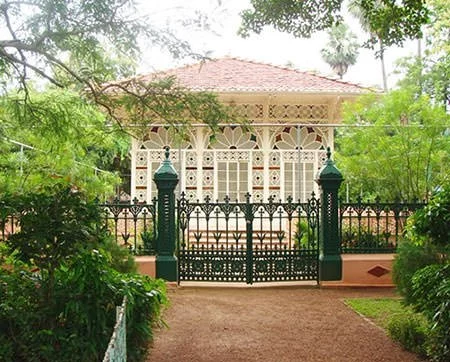
In 1902, Tagore was heartbroken as he lost his wife and two children during their stay at Santiniketan. This period of tragedy in his life from 1902 to 1907 is reflected in his later poetry that was introduced to the world as Gitanjali in 1912. It was this book that won him the Nobel Prize in 1913, making him the first non-European to win the Nobel Prize in Literature. Tagore was also Asia’s first Nobel laureate and the second non-European after Theodore Roosevelt to receive a Nobel Prize.
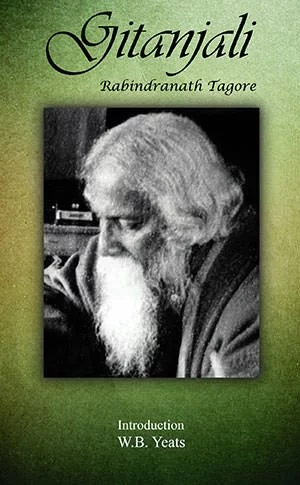
As his fame spread, Tagore seized the opportunity and started travelling extensively, giving lectures and recitals in several countries including the United States and Japan. During this period of extensive travels, he interacted with numerous personalities including Albert Einstein, Robert Frost, George Bernard Shaw and H.G. Wells. In 1927, Tagore embarked on a Southeast Asian tour to inspire the people in these areas with his literary works. He used his travels to spread wisdom and also to discuss the issues between India and Britain with world leaders. Tagore was an opponent of British imperialism. But he blamed Indians for their condition to an extent and called upon them to improve their situation through self-education.
Later Years And Death
Tagore was knighted by the British in 1915 but returned his knighthood in 1919 in protest of the Jallianwala Bagh Massacre, in which many innocent Indians were brutally murdered by the British. Tagore criticized the Swadeshi movement led by famous Indian activist Mahatma Gandhi in his essay, The Cult of the Chakra in 1925. Tagore’s views on British rule in India were complex. He considered the presence of British in India as a “political symptom of our social disease”. His vision of freedom for India was not limited to freedom from foreign rule but also freedom from ignorance and social ills. However, he did oppose imperialism and support the Indian nationalists.
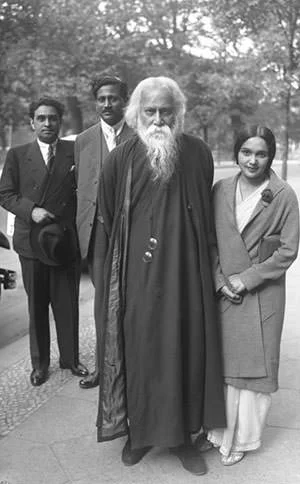
In 1921, Tagore and agricultural economist Leonard Elmhirst set up the Institute for Rural Reconstruction (Shriniketan or Abode for Welfare) in a village near his ashram at Santiniketan. Through it, Tagore sought to free the villages from the shackles of ignorance by spreading knowledge. By the 1930s, he became very concerned with India’s rigid caste system and started lecturing on its evils as well as creating dramas and plays showcasing its ills.
In 1934, a massive earthquake hit Bihar, leading to rampant destruction and loss of lives. On this sad occasion, Mahatma Gandhi stated that the earthquake in Bihar was divine retribution for the subjugation of Dalits. Tagore publicly denounced this statement by Gandhi. He was also pained by the socio-economic decline of Bengal and the growing poverty in Calcutta. Moved by these unfortunate incidents, he compiled several moving works.
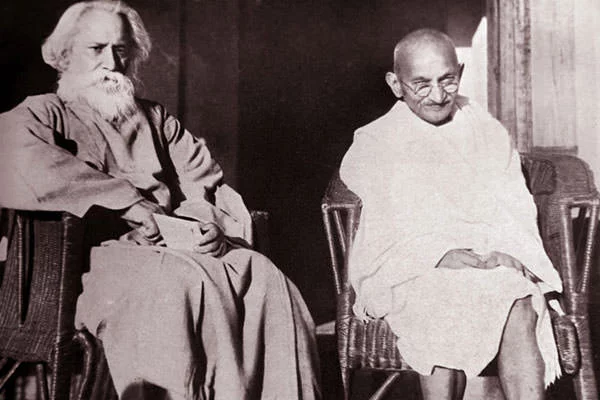
The last four years of the life of Tagore were marked by chronic pain and two long periods of illness. His ill health began in 1937 when he fell unconscious and remained in coma for an extended period. In 1940, he again suffered from a similar attack from which he never could recover. He also suffered from a disease of the Prostate Gland that led to much suffering in his later years. Rabindranath Tagore breathed his last on 7th August 1941 in the Jorasanko mansion in which he was raised. He was 80 years old.

